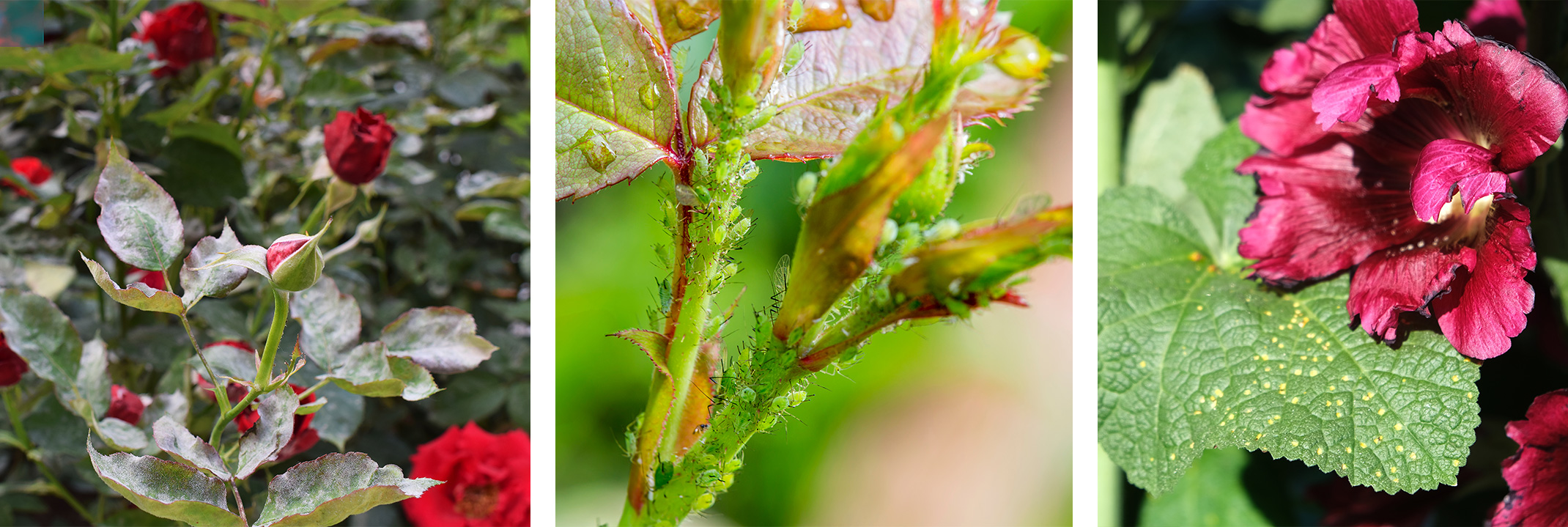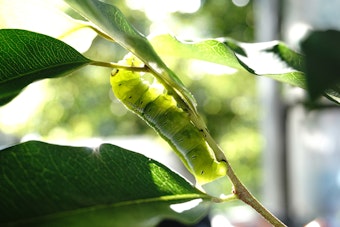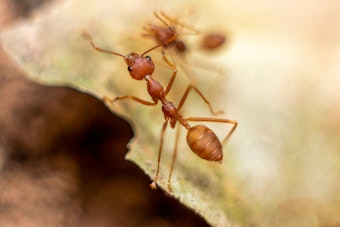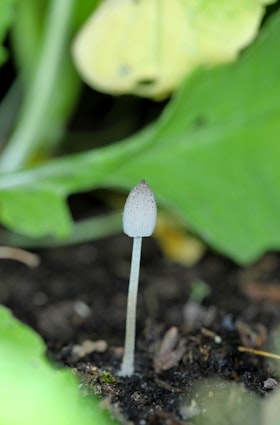 Be Inspired Blog - Arizona
Be Inspired Blog - Arizona

Winter Pests and Diseases and How to Treat Them
Winter gardening is incredibly rewarding—with lots of time outside and a fresh harvest, what's not to love? Unfortunately, there are a lot of pests that also think your garden is the best spot to hang out. Here are the most common pests and diseases in Arizona winter gardens and how to treat them so that you can have a relaxing and enjoyable growing season!
 Dealing with Winter Caterpillars
Dealing with Winter Caterpillars
They can be cute, but caterpillars can cause a lot of damage to your outdoor plants by munching on leaves. They tend to chew on the outside edges or leave random holes inside the leaf, which can severely damage your plant if left unchecked! We recommend Monterey® B.t. RTU.
Handle Aphids Before They Wreck Your Winter Crops
These common plant pests are the vampires of the bug world. As they suck the chlorophyll from plant leaves, you'll notice that yellow, discolored spots appear. Be on the lookout for tiny beige or green specks on the underside of the leaves. We recommend treating aphids on edibles and ornamental plants with Bonide Tomato & Vegetable, Bonide Neem Oil, or with insecticidal soap.
 Keep the Ants in Their Hills
Keep the Ants in Their Hills
Ants help pollinate your plants, so a few are good, but a giant anthill in the middle of your garden can be problematic. These pests don't tend to cause damage to plants, but they can invade your yard and home over time. Eliminate ant nests by sprinkling diatomaceous earth around the entrance to the colony, which ants will carry inside, effectively managing their populations.
Dealing with Winter Fungus
Fungus is another winter issue that comes with cooler weather and increased moisture. Certain plants are more prone to fungi, including hollyhock, snapdragons and geraniums. When you notice a fungus on your plants, the best thing to do is to decrease watering and improve drainage. The next step is to spray the affected plant with Bonide Copper Fungicide, denaturing the proteins of the fungus.
 Managing Mushrooms
Managing Mushrooms
While not all mushrooms are harmful, you may find them unsightly in your garden beds, especially when they appear in numbers after a rainfall. You can remove mushrooms when they appear or add sulfur to the soil if the problem persists.
Prevent Powdery Mildew Disease
Powdery mildew is a persistent disease that tends to show its face during our cooler winter. It is a fungal disease that indicates moisture is not evaporating fast enough; this disease can be spread between plants by pests like slugs, so you should act quickly when you see it. Prevent powdery mildew on roses and vegetables by applying Bonide Neem Oil every 2–3 weeks. Introducing beneficial microbes to the soil can also help prevent pathogenic fungi.
More Methods to Prevent Pests and Disease in Your Winter Garden
Top dressing is an effective method of pest-deterrence because it provides the soil with healthy microorganisms and nutrients so that it is healthy enough to resist pests. Spread a 1–2 inch layer of earthworm castings, cedar mulch, compost, or coffee grounds to help protect your plants!
Monterey Complete Disease Control is an excellent broad-spectrum treatment for worms and caterpillars on shade and ornamental trees, fruits, and vegetables. This organic solution is a great option for the eco-conscious gardener.
If you're looking for more strategies for approaching pest infestation problems in your garden, try the Integrated Pest Management method. It provides an excellent overview of how to prevent, identify, and treat pests in your garden.
For more information on organic gardening solutions, and winter pest and disease controls in Arizona, visit SummerWinds Nursery! We're happy to help you create a thriving garden this winter.

